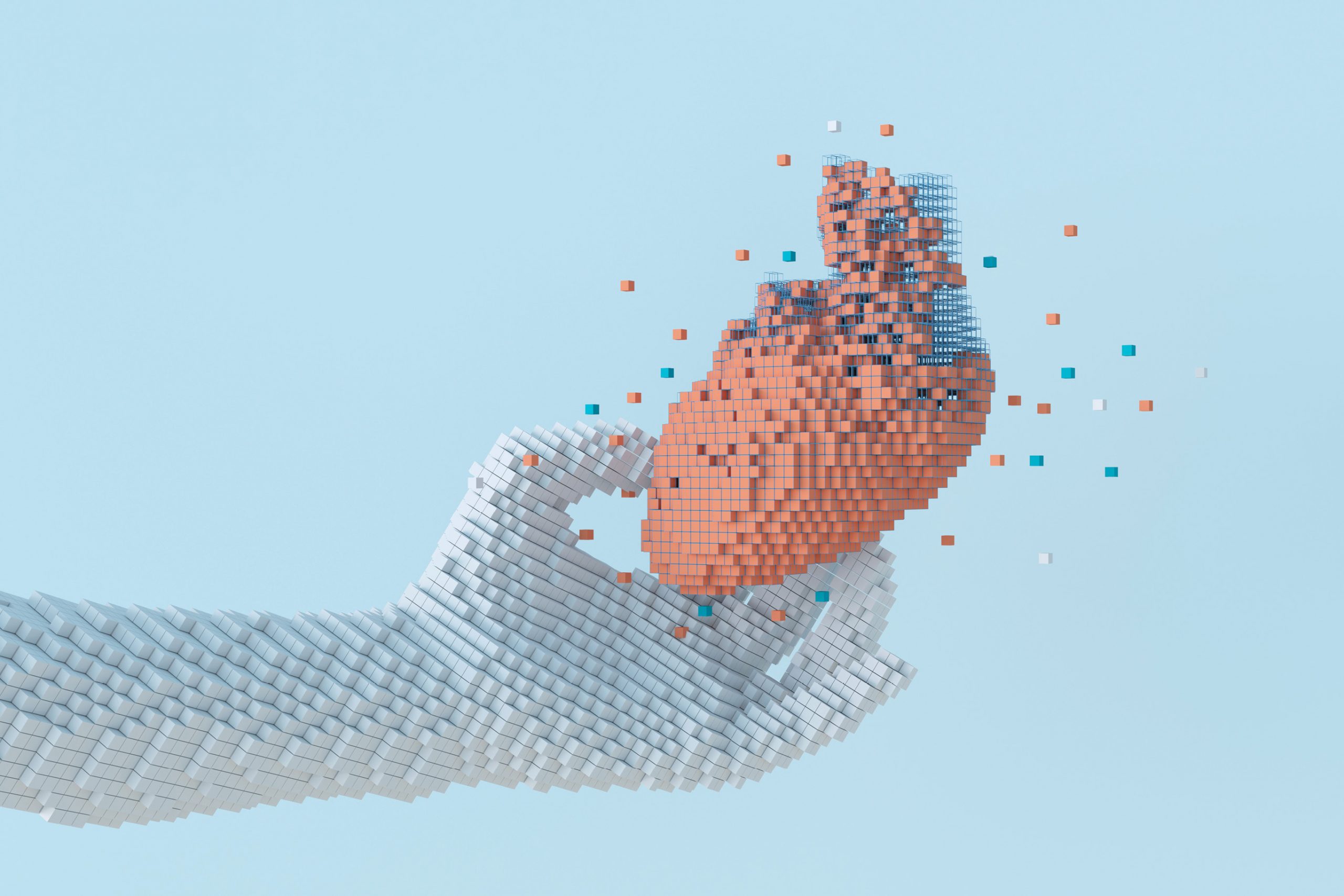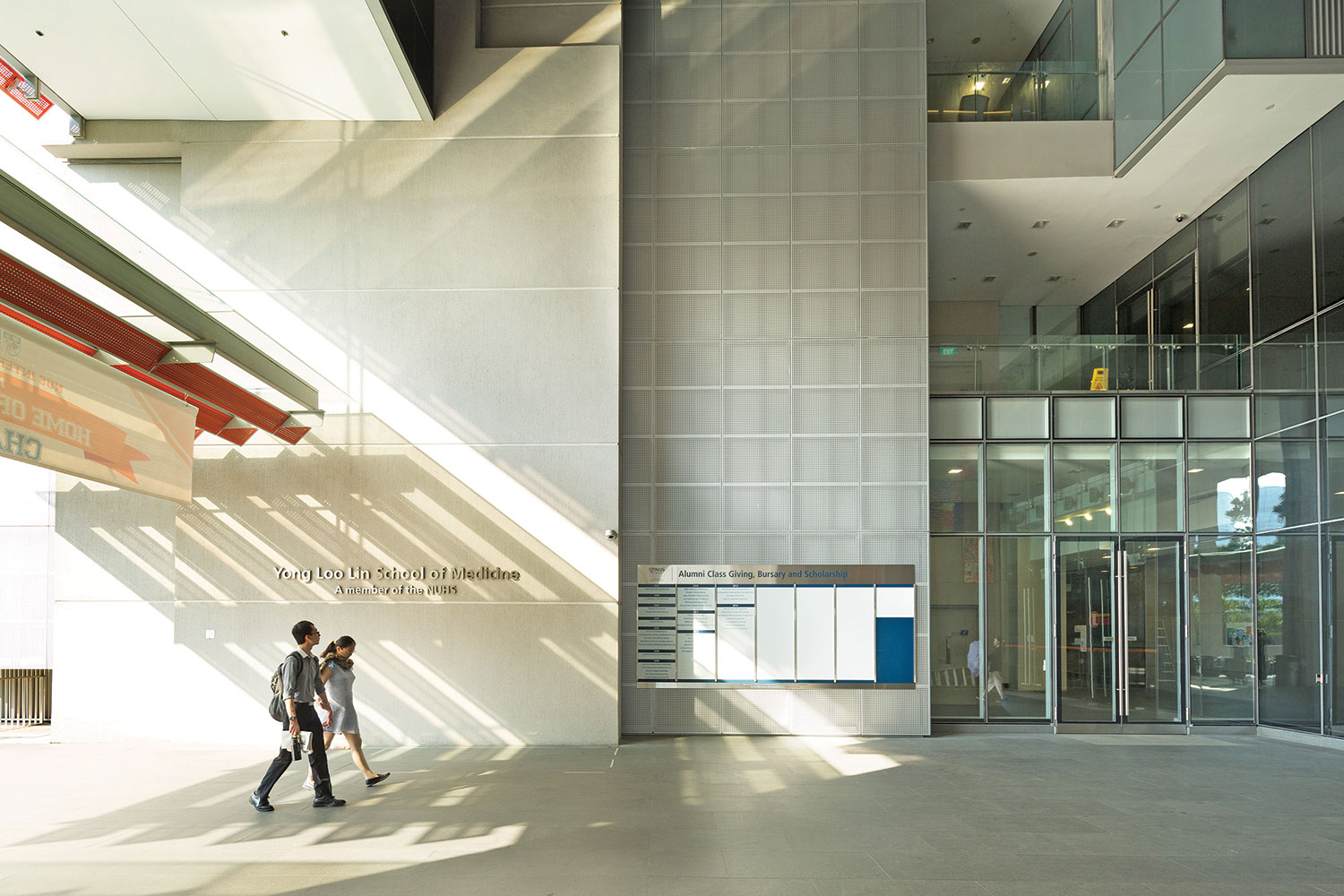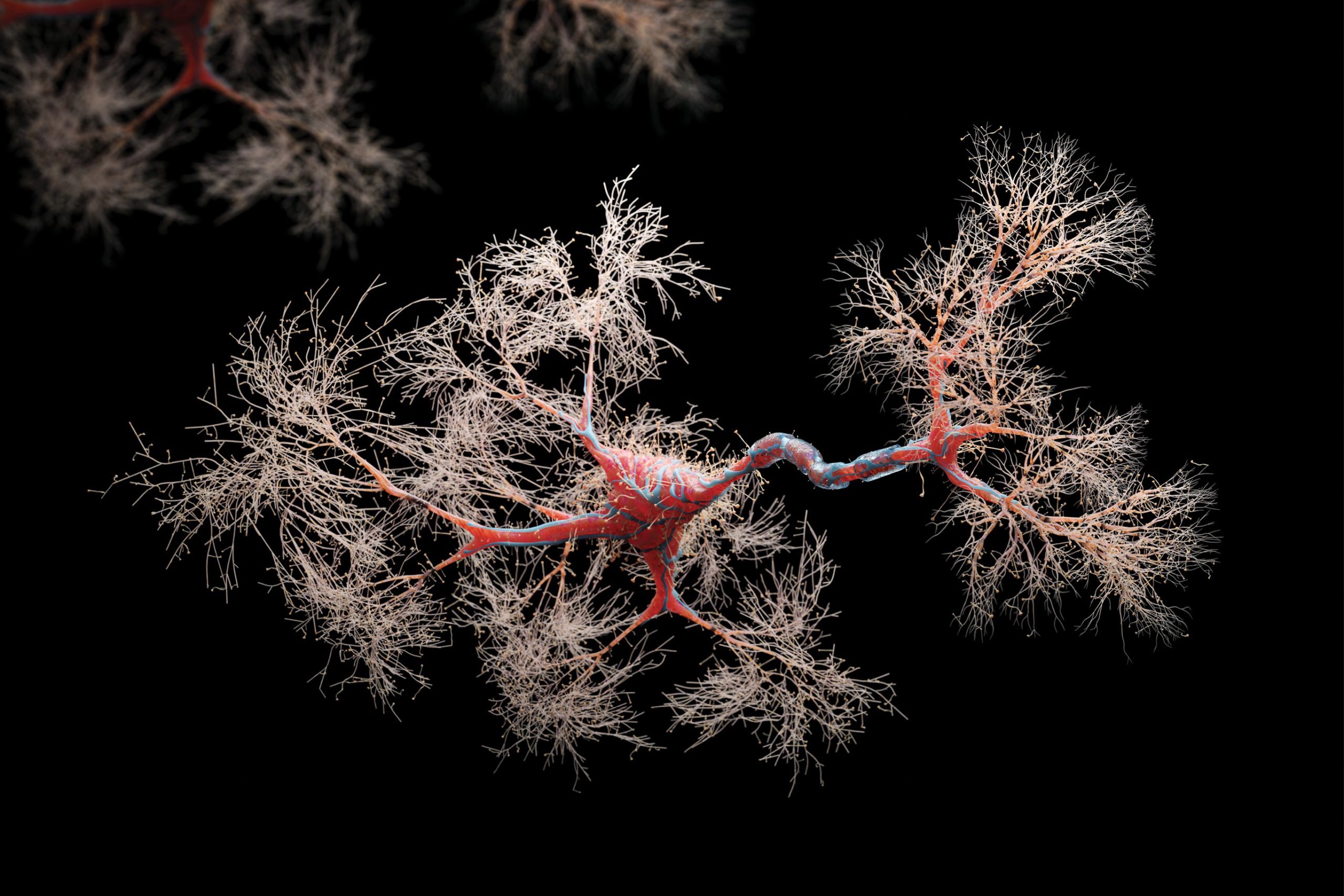
Issue 39 / August 2021
All In The Family
Musings of a Family Medicine Residency Programme Director
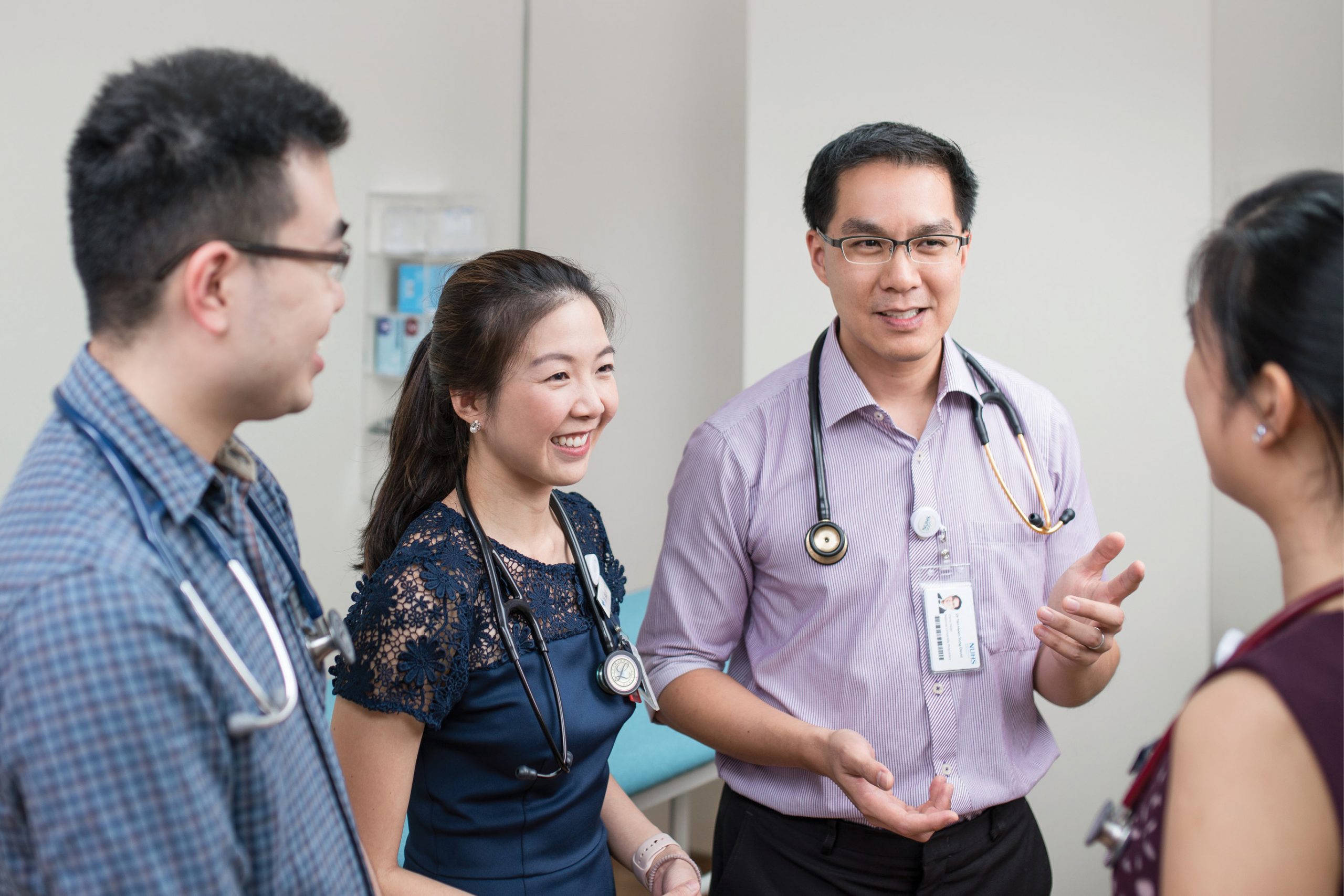
I have been the Programme Director of the NUHS Family Medicine Residency Programme since July 2019, having stepped into the Associate Programme Director position a year before. The past few years have seen a shake-up in the healthcare sector which started with the re-clustering of the regional health systems into the current three integrated health clusters, and our residency programme has seen similar major changes with the rapid increase in residents being enrolled.
he NUHS Family Medicine Residency Programme is a three-year programme which has a vision of “Transforming Family Medicine, Nurturing Leaders” through its mission of “providing training across multiple disciplines, population groups and practice settings, so as to develop competent, collaborative, and compassionate Family Physicians who are lifelong learners and can meet the nation’s healthcare needs”.
Family Medicine residency training is quite different from many of the other specialty programmes in the breadth of training that our residents are exposed to via the specialty departments and practice settings that they rotate through, and this is therefore dependent on the ‘hospitality’ of departments in taking in our residents and training them. This three-year programme culminates in the final exam after completion of training where graduates will attain the Masters of Medicine (Family Medicine) conferred by NUS.
The uniqueness of our programme lies in the culture of the NUHS cluster which has an emphasis on academic and research excellence. We pride ourselves on having a dedicated and committed faculty, exposing our residents to a range of postings with immersive hands-on experiences, and exposure to the private primary care sector with a three-month block posting with our private General Practitioner partners. Beyond that, our residents receive in-depth training in the community hospital setting with close supervision by our own faculty, and of course, longitudinal training in their continuity clinics and postings with the National University Polyclinics.
Rapid expansion of the programme
I took on the position of Family Medicine Programme Director at a time when the programme was undergoing rapid expansion, as we increased intake from six residents per year to the current intake of 30 residents. Thankfully the good work by my predecessors, Associate Professor Goh Lee Gan and Associate Professor Tan Boon Yeow, gave a good structure and foundation to the programme, though the increase in residents meant having to renegotiate with the existing departments hosting Family Medicine residents and engaging new departments within the cluster to take in and train our residents.
One thing I have learnt since being involved in the programme is how to kayak! All NUHS residents go for a residential Outward Bound Singapore (OBS) experience, where they go through a three-day paid vacation on Pulau Ubin to learn about teamwork and resilience through activities which include high element training, water activities and puzzle solving. A shared experience with the OBS instructors was how they had to similarly undergo a rapid expansion of their own programme due to compulsory inclusion of OBS into the secondary school curriculum. The issues of dealing with an increased number of learners, recruitment of instructors (faculty) and maintaining standards resonated with me.
About the
NUHS Family Medicine
Residency Programme
3-year
programme
Intake of
30
residents per year
Residents go
through
3-month
block posting with
Private General
Practitioner
partners
“The Family Medicine fraternity has stepped up to the challenge, with existing family physicians and alumni of our residency programme coming in as new faculty to pay it forward to generations of residents after them.”
Of course our own expansion of the programme brought about its challenges, with some specialty departments requesting a limit to the number of Family Medicine residents posted to them as this would result in less medical officers from the MOPEX pool (Medical Officer Posting Exercise) allocated to them, despite Family Medicine residents being funded more by Ministry of Health (MOH). We have also had to deal with hospital specialists who prioritised training places in hospital-run courses for their own trainees, despite Family Medicine residents technically being in the same cluster. Despite this, I have been heartened by the support shown within the cluster with other specialists stepping up to offer teaching sessions for our residents on their own accord and figuring out ways to squeeze the increased numbers of residents into their own departments. The Family Medicine fraternity itself has stepped up to the challenge, with existing family physicians and alumni of our residency programme coming in as new faculty to pay it forward to generations of residents after them.
Pandemic problems
COVID-19 has been a great disruptor to our usual way of doing things, and the Family Medicine residency programme has faced similar challenges. When the pandemic first hit our shores and Singapore moved from DORSCON Yellow to Orange in the first half of 2020, we had to scramble to relook at the postings of our residents as there were suddenly restrictions placed on how they could rotate from department to department, whether it was within the same institution or across campuses. While some other programmes made the decision to pull residents back to the polyclinic during the heightened measures, my priority was to try to keep to the residents’ planned rotations as much as possible, as these would be opportunities lost and hard to reclaim in the short three-year programme. It became almost like solving a puzzle in itself, having to quickly adjust residents’ planned rotations so that they could still do so albeit within MOH’s directive of allowed movements for healthcare workers.
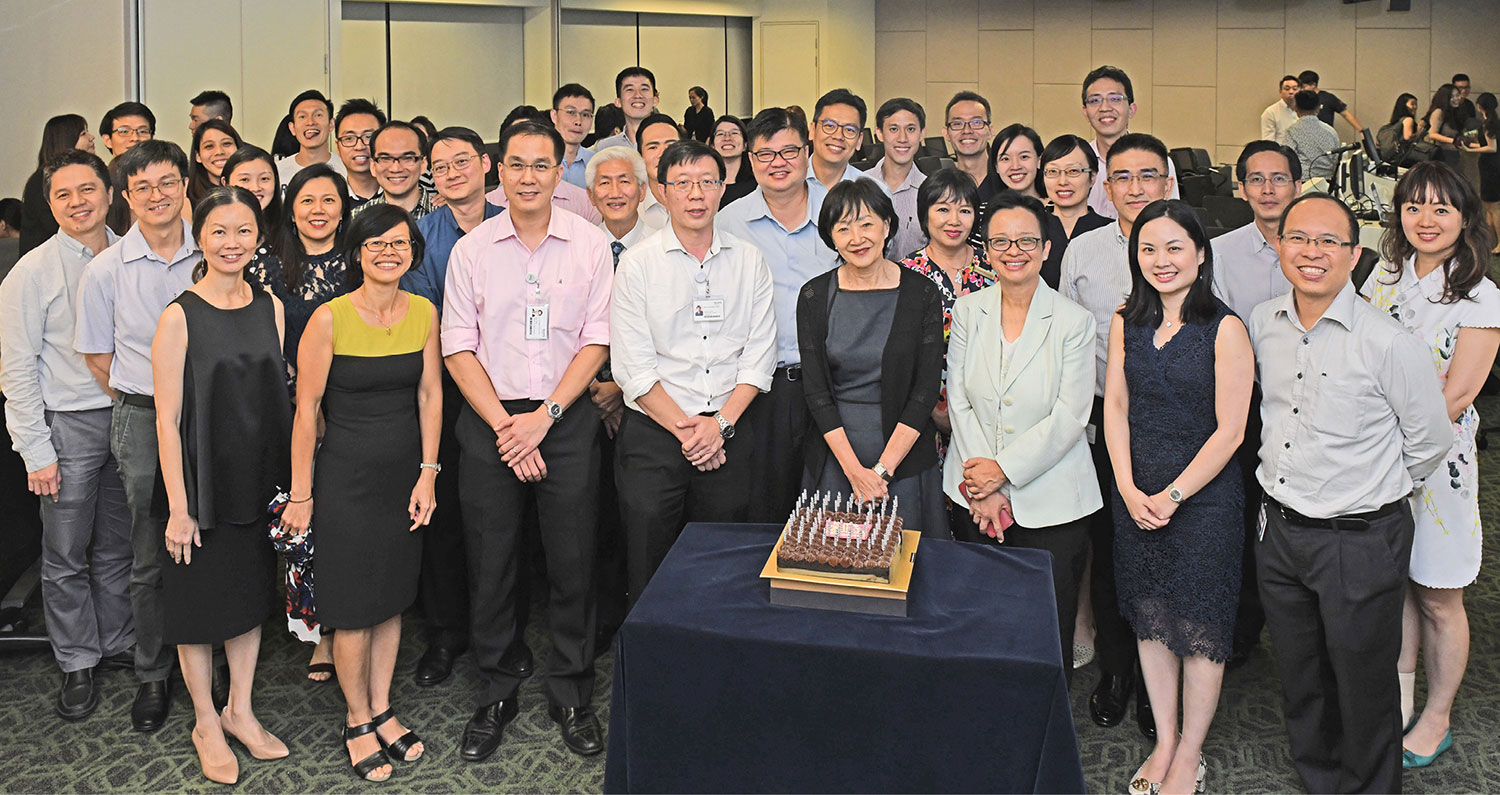
NUHS Family Medicine Residency Faculty is growing in numbers. (Images were taken before implementation of COVID-19 safety measures.)
Apart from the impact on rotations, COVID-19 has also affected how we deliver much of our centralised teaching sessions, with the programme having to pivot to a virtual format using the Zoom platform. While we see benefits in that residents can now tune in from their various workplaces or homes for the sessions, this has also meant that our programme as a whole has not met up in person for the past year and a half. We long for the time when we can actually see all our residents in person, as a collective group.
Keeping in touch
There is an increasing emphasis being placed on the well-being of our learners, and more emphasis is being given to issues such as burnout in our residents. In order to keep the channels of communication open between faculty and residents, the programme has instituted various measures. Residents are assigned individual Family Medicine supervisors who track their progress along the three-year programme. Quarterly meetings with the resident leadership (consisting of a Chief Resident, three Assistant Chief Residents and three Class representatives) allow in-depth discussion into the issues plaguing the residents and suggestions for improvement to the programme. In addition, an annual review of the programme occurs with resident representatives invited to the Programme Evaluation Committee meeting.
On top of that, I started a WhatsApp chat group with all the residents and their Programme Directors to disseminate information and share my thoughts about Family Medicine and other ongoing issues. I can only wonder if the residents find that helpful or an intrusion into their daily lives!
Going forward and wishes for the future
Family Physicians are and always will be the foundation of any high performing healthcare system, and the NUHS Family Medicine Residency Programme will always endeavour to develop well-trained Family Physicians in the community who can manage a breadth of conditions and collaborate with their hospital colleagues for patient care and improving the health system. I do hope that our hospital colleagues will be farsighted and see training Family Medicine residents as an investment for the future, where patients currently being managed in tertiary care can be taken over by these young doctors that they have trained, hence reducing the load on the hospital systems.
And as our residents graduate and permeate into the different areas of the healthcare system, we can truly trust that the best is yet to be, and this can only bode well for Singapore’s healthcare system!

